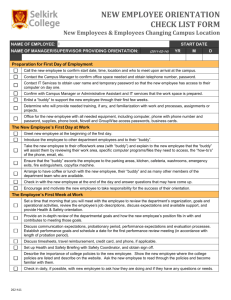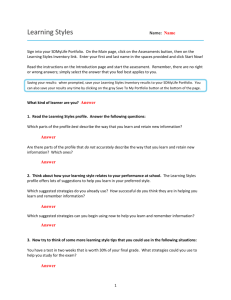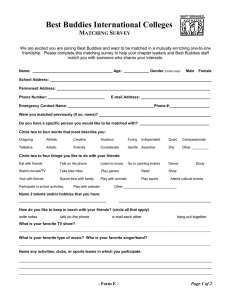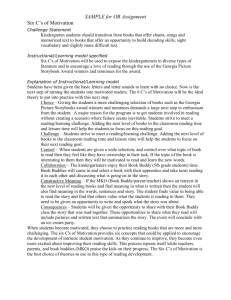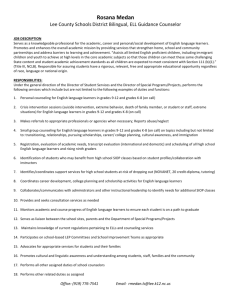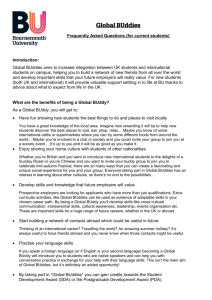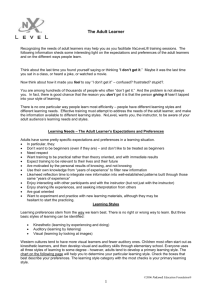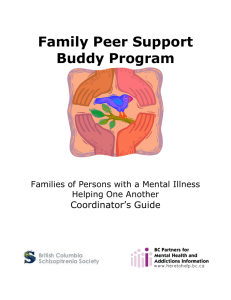Learning Styles
advertisement
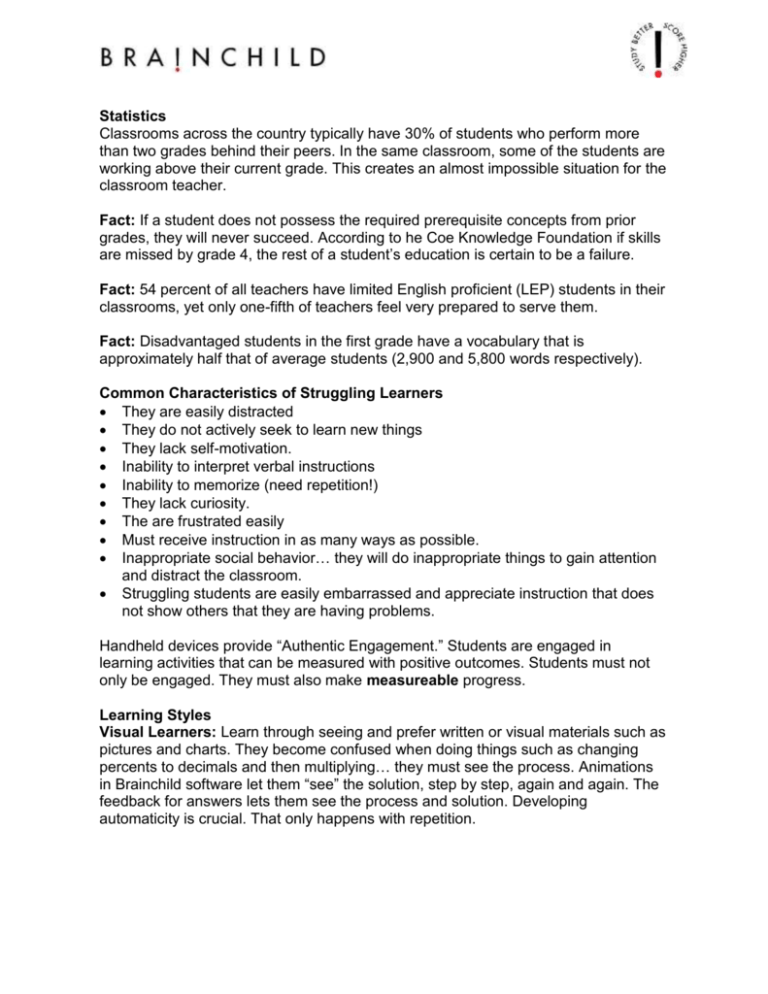
Statistics Classrooms across the country typically have 30% of students who perform more than two grades behind their peers. In the same classroom, some of the students are working above their current grade. This creates an almost impossible situation for the classroom teacher. Fact: If a student does not possess the required prerequisite concepts from prior grades, they will never succeed. According to he Coe Knowledge Foundation if skills are missed by grade 4, the rest of a student’s education is certain to be a failure. Fact: 54 percent of all teachers have limited English proficient (LEP) students in their classrooms, yet only one-fifth of teachers feel very prepared to serve them. Fact: Disadvantaged students in the first grade have a vocabulary that is approximately half that of average students (2,900 and 5,800 words respectively). Common Characteristics of Struggling Learners They are easily distracted They do not actively seek to learn new things They lack self-motivation. Inability to interpret verbal instructions Inability to memorize (need repetition!) They lack curiosity. The are frustrated easily Must receive instruction in as many ways as possible. Inappropriate social behavior… they will do inappropriate things to gain attention and distract the classroom. Struggling students are easily embarrassed and appreciate instruction that does not show others that they are having problems. Handheld devices provide “Authentic Engagement.” Students are engaged in learning activities that can be measured with positive outcomes. Students must not only be engaged. They must also make measureable progress. Learning Styles Visual Learners: Learn through seeing and prefer written or visual materials such as pictures and charts. They become confused when doing things such as changing percents to decimals and then multiplying… they must see the process. Animations in Brainchild software let them “see” the solution, step by step, again and again. The feedback for answers lets them see the process and solution. Developing automaticity is crucial. That only happens with repetition. Auditory Learners: Learn through listening via discussions, hearing information, or making presentations. Small group instruction or paired instruction lets students participate in discussions about questions, solutions, and goals. Multimedia instruction lets them hear the information they need to know. Kinesthetic Learners: Learns by doing and prefers a hands-on approach. Movement, music in the background, and lots of activities work well for this style of learner. They don’t like sitting in a formal classroom desk arrangement, but sitting around the room. Again, tablets or Study Buddy devices accommodate this not just because of the motor component (button pushing) but also because they can sit on the floor and move about a room, still working on the device. To give students the greatest progress: Develop automaticity through practice. Accommodate different learning styles. Provide ongoing feedback to students about their educational progress Students must be able to assess their own progress Provide instruction in as many different modalities as possible Allow students to select from different ways to assess performance Connect goal setting process to informal assessment (pave I.41). This in other words, is Formative Assessment, which is what the GED WebAchiever system is, and one of the key principles is giving them a regular progress report in a written format or oral conversation. Use the Study Buddy progress report for the student to record progress and set short term goals. Peer pairing or tutoring: Have students work in pairs or small groups. (2 share a Study Buddy) Student-led small groups. Students take turns assuming role of leader. The guide instruction by asking questions and facilitating answers. They can do this with a Study Buddy. Read or show the question, read the explanations. Classroom room arrangement (page I.40). The Paired desks, E-shaped, Ushaped, and groups of tables with 4 students each, make ease of partner work, and activities can be varied. Working on paper or with Study Buddies is perfect for these room arrangements, keeping students on task while the instructor can rove around. Small group instruction: Schools are now using WebAchiever for group instruction. They play the multimedia for the class on an LCD projector, then go in as a Student in the Study mode, so the scores are not recorded, then the instructor selects the answer selection the majority of the class decides on, then they read the feedback. This shows the instructor very quickly, where the class strengths are and it standardizes the instruction. Students who struggled in elementary school can find success in later grades if they can master their missing concepts. Brainchild provides assessment, instruction, and reports to inform instruction. Study Buddies provide extended learning and accommodate multiple learning styles.


